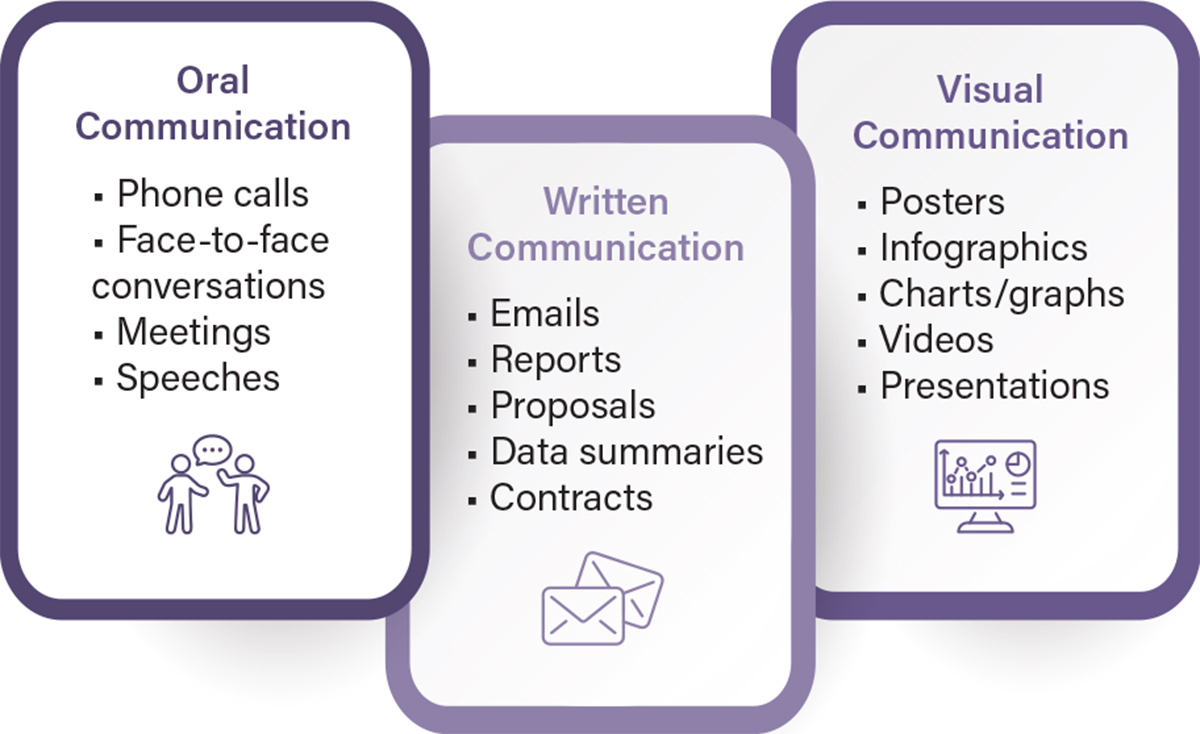Only a few undergraduate engineering classes, such as labs and design courses, teach communication skills. Technical courses must also emphasize that communication is critical to being a successful engineer.
Every student studying chemical engineering is taught a variety of standard topics, ranging from energy and entropy balances to the Navier-Stokes equations. These technical learning objectives are core to the field of chemical engineering, and students’ credit hours reflect this. In lab and design courses, students are typically required to complete some sort of communication assessment, such as a written report or oral presentation. These assignments are typically intended to meet the ABET criteria, which require students to demonstrate “an ability to communicate effectively with a range of audiences” in order for a program to be accredited (1). Some programs go even further and require students to take a technical writing course, where they are taught communication skills tailored to what they might do as a practicing engineer, including technical reports, standard operating procedures, and presentations.
There is a subtle, but significant, messaging problem with what is laid out above: communication is not an infrequently used, specialized skill for engineers. Chemical engineering departments spend two to four years showing students that there are classes for technical content and classes for communication. Instructors imply that, in order to be good at thermodynamics, students only need to use energy and entropy balances and box their final answer. However, science and engineering communication is necessary more often than a quarterly report or monthly presentation; this skill will be used daily as a practicing engineer (2).
This balance of topics covered in chemical engineering programs — primarily technical, with a few scattered communication assignments — sends the message to students that they need to prioritize their technical knowledge. However, these strong technical skills alone do not make a successful chemical engineer; other skills, especially communication, are necessary for an engineer to succeed in their chosen field.
There is an ostensibly simple solution — incorporate communication into curricula as a regularly used skill, not as a special topic to be covered a few times in limited classes. However, if you suggest to someone who teaches one of these courses that they add communication to their already overpacked class, they will likely scoff. On the other hand, if you talk to anyone who teaches a class that already incorporates communication, they might share that it is challenging to balance teaching and assessing communication skills with the technical content.

Communication takes many forms: written, oral, visual, or a combination of all three. Written communication ranges from emails to lengthy reports. Presentations can be given in an auditorium to a crowd or in an office to a supervisor. Posters can be presented to an attentive listener or admired if the speaker is not present. Videos can be recorded and watched later on. These communication methods each have their place in the academic and industrial sectors (Figure 1). Many of the points in this article apply to different communication styles, even though the focus is on written communication.

▲Figure 1. Every industry requires some form of communication, whether it be written, oral, visual, or a combination of all three. Here, some examples of practical communication are shown.
This article explores some of the design criteria that can be used to incorporate communication assignments in a course that does not traditionally include them. It also discusses some ongoing challenges to consider as the world of communication undergoes a seismic shift with the advent of large language models (LLMs)...
Would you like to access the complete CEP Article?
No problem. You just have to complete the following steps.
You have completed 0 of 2 steps.
-
Log in
You must be logged in to view this content. Log in now.
-
AIChE Membership
You must be an AIChE member to view this article. Join now.
Copyright Permissions
Would you like to reuse content from CEP Magazine? It’s easy to request permission to reuse content. Simply click here to connect instantly to licensing services, where you can choose from a list of options regarding how you would like to reuse the desired content and complete the transaction.
